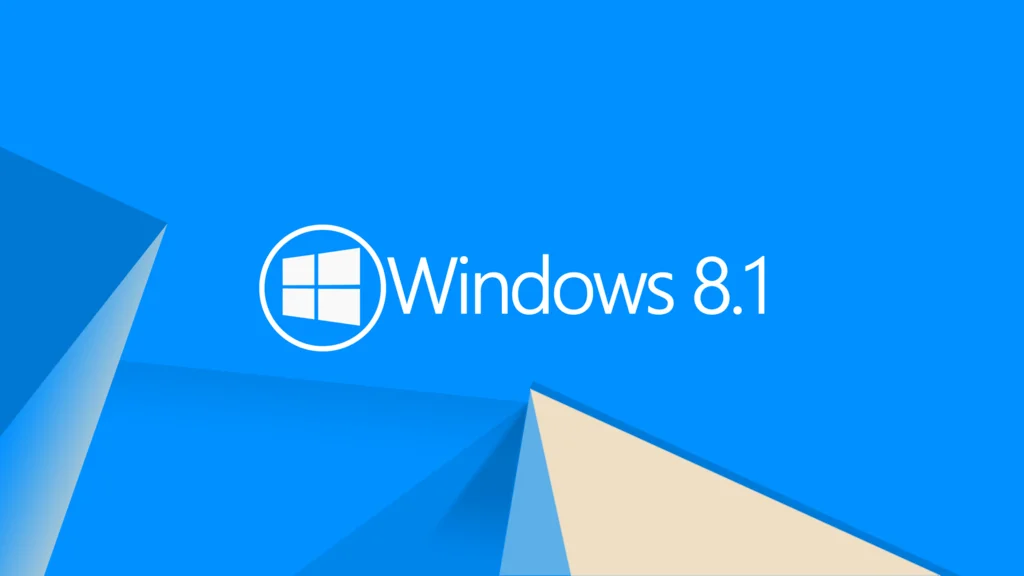Transform Employee Training: Video-Based Success

Employee training programs (source) are no longer a box to check—they’re a strategic lever for performance, retention, and growth. But many companies still rely on outdated materials and clunky delivery formats that frustrate employees more than they empower them.
That’s changing. Organizations are shifting to video-based training not just because it's modern—but because it works. Faster upskilling, better engagement, and consistent results. This article unpacks why video-led learning is gaining momentum, how it outperforms traditional training, and what steps businesses can take to implement it successfully.
Why Traditional Training Falls Short
Slide decks, long seminars, printed manuals—many teams still depend on these. But legacy training methods are struggling to keep up with real-world demands.
-
They're time-consuming to roll out and update
-
Employees often forget what they’ve “learned”
-
One-size-fits-all formats don’t match different roles or skill levels
-
Remote and frontline teams are left behind
In short, companies spend heavily on training that doesn’t deliver measurable improvement. That’s not just inefficient—it’s expensive.
Why Video Training Outperforms Static Methods
Employees today prefer content that’s fast, visual, and engaging. Video delivers that. And beyond preferences, video enhances comprehension and recall. According to research from Forrester, people retain 95% of a message via video, compared to just 10% when reading.
Video allows companies to:
-
Train large teams consistently
-
Simplify complex tasks into step-by-step visuals
-
Reinforce key procedures with replayable content
-
Support on-the-job learning without pulling employees away from work
This makes video an ideal fit for industries where clarity, speed, and flexibility are critical.
Need proof? Just look at how companies are optimizing frontline employee training results with video-based learning. The payoff is clear—and measurable.
Real-World Wins: How Companies Are Using Video
Top employers are already proving the impact.
-
IBM saved over $500 million in training costs after switching to online and video formats
-
Deloitte reduced onboarding time by nearly a third through video-based orientation
-
Amazon uses interactive safety and logistics training videos across its warehouses for consistency at scale
These aren’t just nice-to-have stories—they’re benchmarks for companies looking to move faster and perform better.
What Makes a Video-Based Training Program Effective?
Success doesn’t happen just by recording a few explainer videos. Strategic planning makes the difference.
Here’s what works:
-
Start with objectives. What should employees be able to do after watching?
-
Script like a human. Use real language, real examples—not corporate buzzwords.
-
Use microlearning. Short videos (under 6 minutes) are easier to digest and retain.
-
Track the right metrics. Look beyond clicks—measure knowledge checks, completion rates, and performance shifts.
-
Update frequently. Keep content aligned with new tools, processes, and feedback.
Also, make sure your platform supports mobile learning. Your team is busy—training has to fit into their workflow, not the other way around.
What’s Ahead in Employee Training?
Video is just the beginning. Companies are starting to layer in AI, interactivity, and personalization.
-
Microlearning cuts through attention fatigue with quick, topic-focused content
-
Interactive video lets users make choices and learn by doing
-
AI can recommend content based on roles, performance, or learning style
-
Analytics provide real-time insight into who’s engaged and who needs support
The best training programs feel like a natural extension of work—not a disruption. As tools evolve, expect more intelligent, personalized, and adaptive learning.
Final Thought
Modern teams deserve modern training. With video, companies can finally turn their employee training programs into something that supports—not slows down—growth. From onboarding and compliance to upskilling and cross-training, video delivers speed, scale, and simplicity without sacrificing quality.
Investing in better learning isn’t just smart—it’s strategic.
FAQs
What are employee training programs?
They’re structured initiatives that help employees build new skills, understand company processes, and stay compliant with regulations. Effective programs boost performance and retention.
Is video-based training effective for all industries?
Yes. Whether you’re in retail, logistics, healthcare, or tech—video improves clarity and accessibility across the board, especially for frontline and distributed teams.
How long should training videos be?
Aim for under 6 minutes. Break complex topics into smaller, focused segments for better retention.
Do I need a full studio to start video training?
Not at all. Start simple with screen recordings, smartphone video, or voiceover slides. Focus on clarity over production quality.
Can video training replace live sessions?
It depends. For knowledge transfer, video works well. But pair it with Q&As or live coaching for maximum impact.




